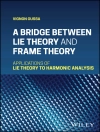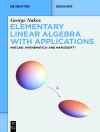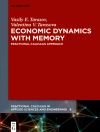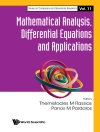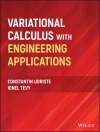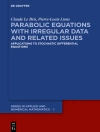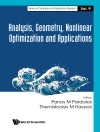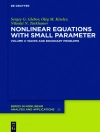This monograph is intended to present the fundamentals of the theory of abstract parabolic evolution equations and to show how to apply to various nonlinear dif- sion equations and systems arising in science. The theory gives us a uni?ed and s- tematic treatment for concrete nonlinear diffusion models. Three main approaches are known to the abstract parabolic evolution equations, namely, the semigroup methods, the variational methods, and the methods of using operational equations. In order to keep the volume of the monograph in reasonable length, we will focus on the semigroup methods. For other two approaches, see the related references in Bibliography. The semigroup methods, which go back to the invention of the analytic se- groups in the middle of the last century, are characterized by precise formulas representing the solutions of the Cauchy problem for evolution equations. The ?t A analytic semigroup e generated by a linear operator ?A provides directly a fundamental solution to the Cauchy problem for an autonomous linear e- d U lution equation, +AU =F(t), 0
Jadual kandungan
Preliminaries.- Sectorial Operators.- Linear Evolution Equations.- Semilinear Evolution Equations.- Quasilinear Evolution Equations.- Dynamical Systems.- Numerical Analysis.- Semiconductor Models.- Activator–Inhibitor Models.- Belousov–Zhabotinskii Reaction Models.- Forest Kinematic Model.- Chemotaxis Models.- Termite Mound Building Model.- Adsorbate-Induced Phase Transition Model.- Lotka–Volterra Competition Model with Cross-Diffusion.- Characterization of Domains of Fractional Powers.



